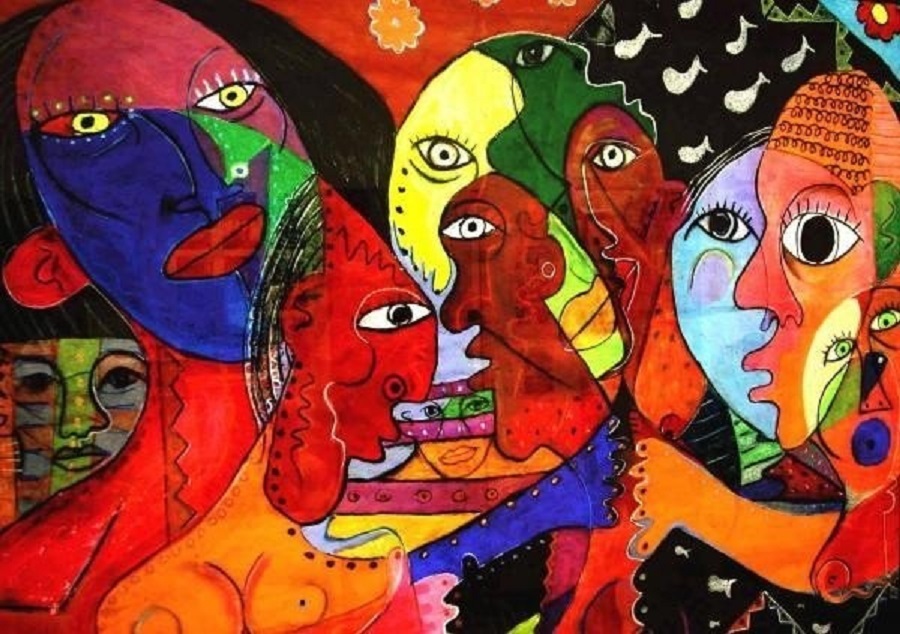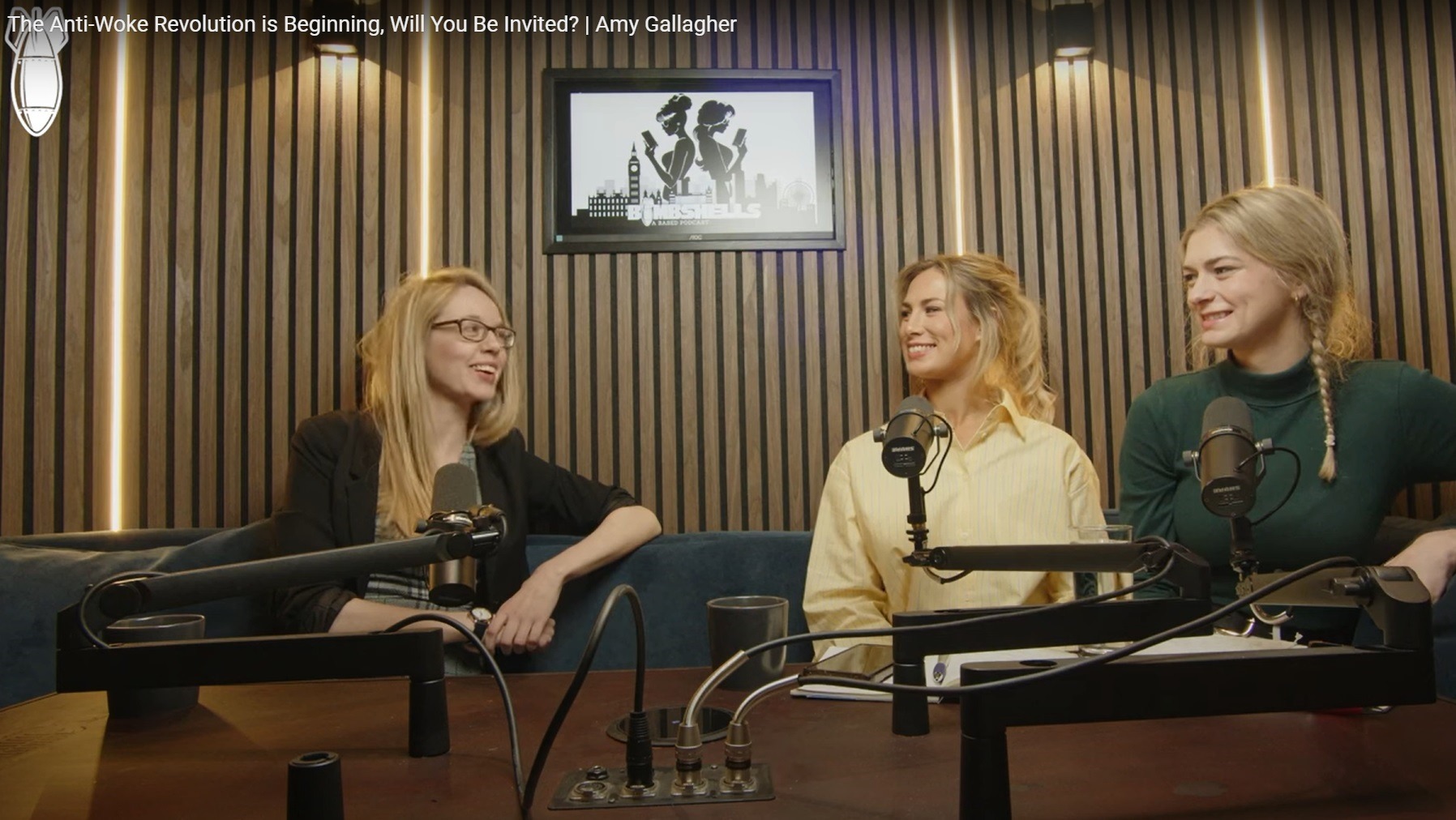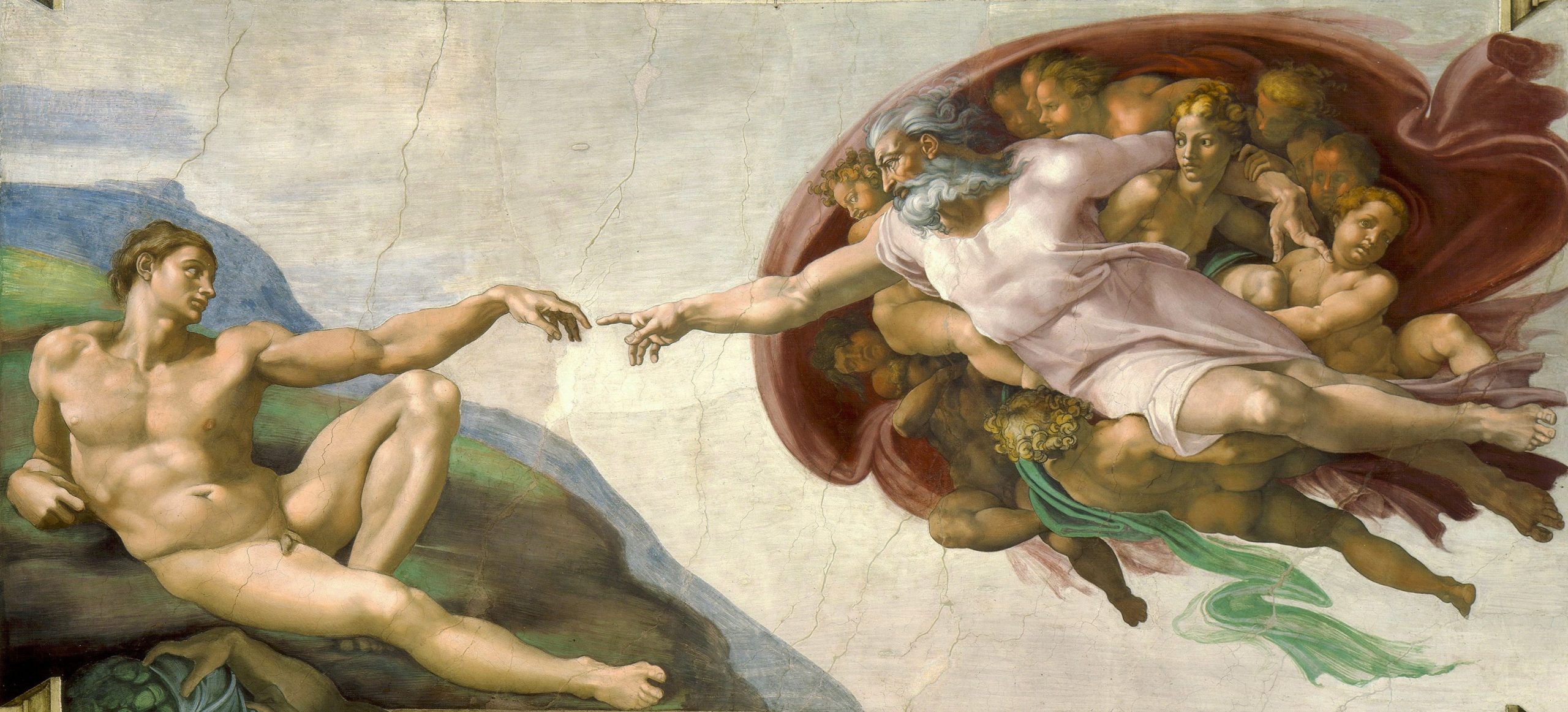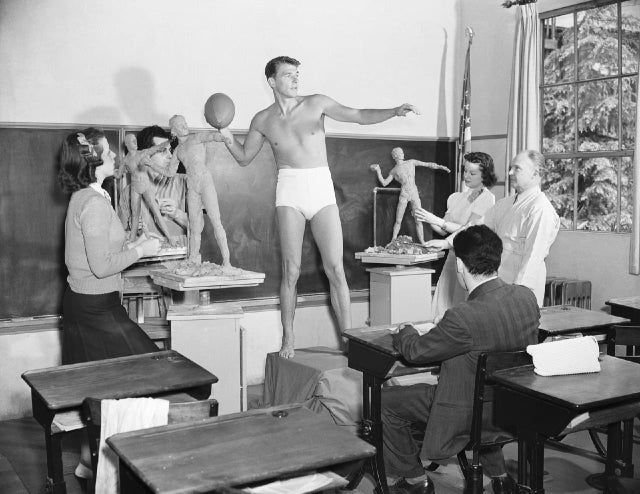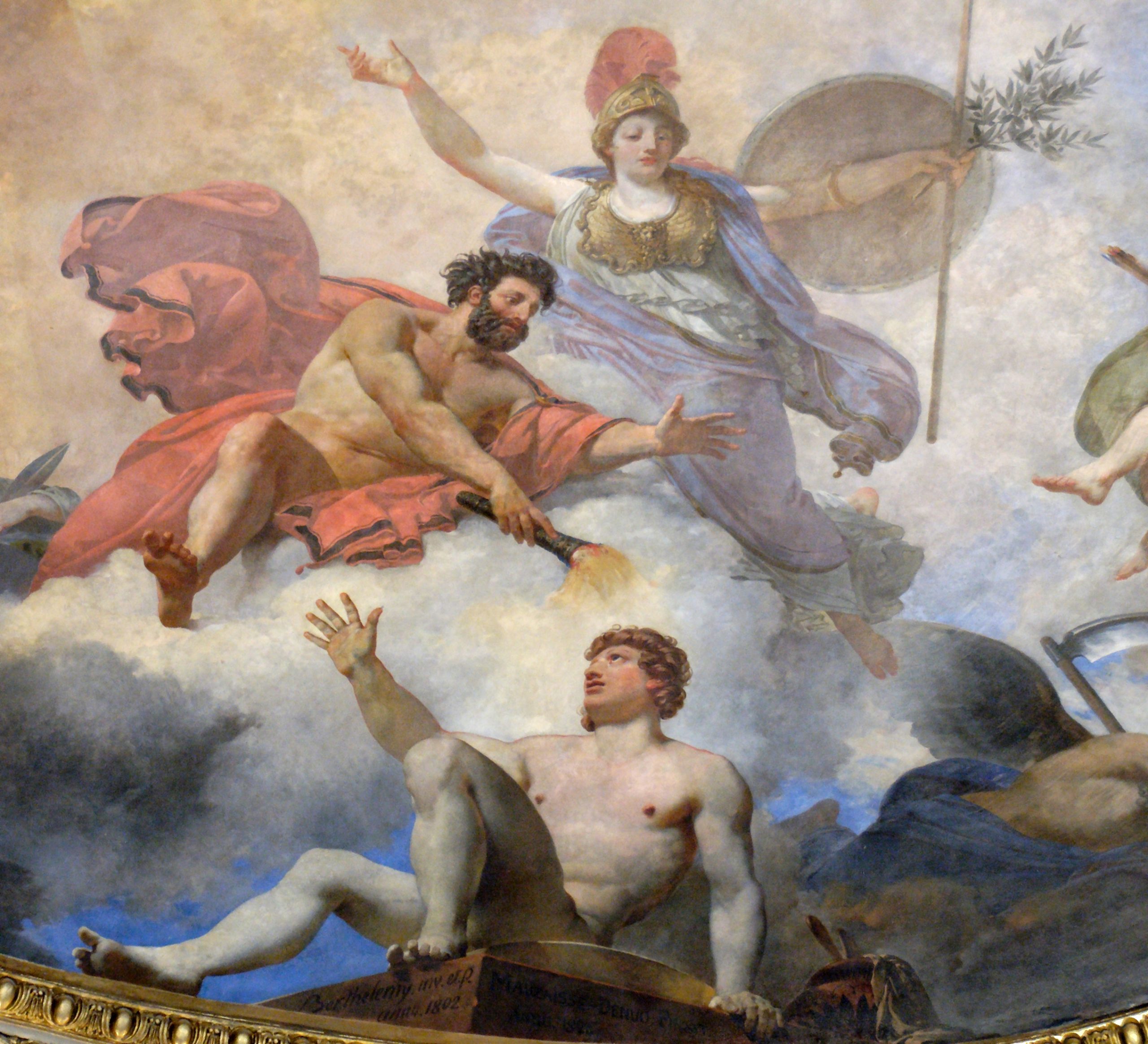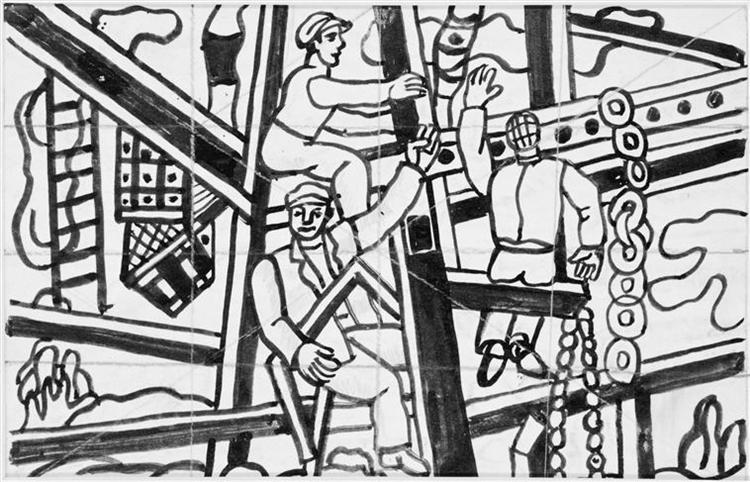Archives
- Home
- Event Page 78

Energy 300
“The City” 1952 | Edward Bawden https://t.co/An3zzyTSvdhttps://t.co/V0nw80umD4 pic.twitter.com/zm0yvDAdnl
— Standards Michigan (@StandardsMich) November 29, 2023
Review of all consensus, consortia and open source codes, standards and regulations regarding energy production and conservation relevant to the education facility industry.
Faculty and staff in the education industry in all nations provide basic research, application research in energy technologies. The “cities-within-cities” we call the #SmartCampus” also provide crucibles for new testing new technologies as well as provide energy load for utilities operating under all ownership regimes.
Send bella@standardsmichigan.com an email for an advance agenda.
Building “Backup” Electric Power Systems
You are welcomed to join our review of backup power systems (customer-level). Although the term “backup” is not used in the codes and standards that govern electrical power safety and reliability, “backup” is a term of art widely used in design and field practice. Use the login credentials at the upper right of our home page.
Next week, @kipras_r and I will be at Como – Optical Probes 2023 conference to try some authentic Italian pizza. If you'd like to meet up, drop me a message or simply catch us at the conference! See you there! #OpticalProbes2023 #femtoinfluencer @light_con pic.twitter.com/7vdMCFaOfN
— Greta Bučytė (@GretaBucyte) September 5, 2023
Language
“He who does not speak foreign languages
knows nothing about his own.“
— Johann Wolfgang von Goethe
We observe National Poetry Month in the United States and Canada every year with an inquiry into changes in the (meaning of) definitions at the foundation of best practice literature; frequently the subject of sporty debate among experts writing codes and standards for the built environment of education communities.
In the United Kingdom, National Poetry Month is celebrated in October, and it is known as “National Poetry Day” which has been observed since 1994. It is an initiative of the Forward Arts Foundation, which aims to encourage people to read, write and perform poetry.
Other countries also have their own poetry celebrations, such as World Poetry Day, which is observed annually on March 21 by UNESCO (United Nations Educational, Scientific and Cultural Organization) to promote the reading, writing, and teaching of poetry worldwide.
In past years we used a Tamil mnemonic because Tamil is the oldest surviving language and remains the spoken language of 80-odd million people of South Asia. Alas, use of Tamil confounds our WordPress content management system so in 2024 we began coding this topic in American English
Latin Phrases You Should Know. pic.twitter.com/Erq61gVW29
— Learn Latin (@latinedisce) May 5, 2024
Fine Arts 300
There are written fine arts standards that have been developed by various organizations and educational bodies. These standards provide a framework for what students should know and be able to do in the arts at different grade levels. Here are a few examples of fine arts standards:
National Core Arts Standards: The National Core Arts Standards were developed by the National Coalition for Core Arts Standards and outline what students should know and be able to do in dance, media arts, music, theater, and visual arts at different grade levels.
State Fine Arts Standards: Many states have their own fine arts standards that are aligned with the National Core Arts Standards but may be tailored to reflect the unique needs and priorities of the state; e.g., State of Ohio Fine Art Standards
International Baccalaureate Arts Standards: The International Baccalaureate (IB) program offers arts standards as part of their curriculum framework for the arts. These standards are designed to develop students’ creative and critical thinking skills in the arts.
Arts Education Partnership National Standards for Arts Education: The Arts Education Partnership has developed national standards for arts education that cover the four major artistic disciplines: dance, music, theater, and visual arts.
Today at 15:00 UTC we drill into the technical specifics that contribute to the safety and sustainability of spaces used for the teaching, practice and
display of the fine arts. These occupancies are typically at greater risk than classrooms because they usually contain volatile fluids for artistic painting
or biologic specimen preservation, kilns for pottery, fabrics and related machinery for teaching fashion design and practice.
Prometheus 300
Monthly review of all consensus, consortia and open source codes, standards and regulations the set the standard of care for fire safety in education communities. We group them with fire protection standards because most of the compliance and enforcement expertise originates with fire safety expertise. Send bella@standardsmichigan.com an email for an advance agenda.
Choir of King’s College | Cambridge
@KingsCollegeChoirhttps://t.co/PLWdl2bWXh pic.twitter.com/jmKPiElqiq— Standards Michigan (@StandardsMich) December 14, 2023
In Greek mythology Prometheus is the Titan god of fire & credited w/ creation of humanity w/help from goddess Athena & defying other gods by giving fire to hasten civilized Manhttps://t.co/SKtP0DHqgN@EmoryUniversityhttps://t.co/W9CeH5MeaN pic.twitter.com/DiAOzfiTy7
— Standards Michigan (@StandardsMich) April 14, 2021
Ædificare
We follow the construction spend rate of the US education industry; using the US Census Bureau Construction Spending figures released the first day of every month.
We encourage our colleagues in the education facilities industry to respond to Census Bureau-retained data gathering contractors in order to contribute to the accuracy of the report.
New update alert! The 2022 update to the Trademark Assignment Dataset is now available online. Find 1.29 million trademark assignments, involving 2.28 million unique trademark properties issued by the USPTO between March 1952 and January 2023: https://t.co/njrDAbSpwB pic.twitter.com/GkAXrHoQ9T
— USPTO (@uspto) July 13, 2023
Standards Michigan Group, LLC
2723 South State Street | Suite 150
Ann Arbor, MI 48104 USA
888-746-3670



